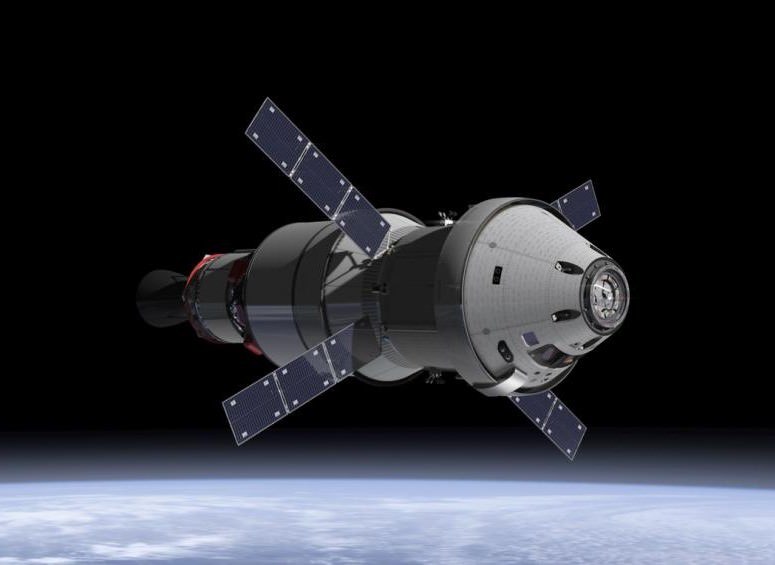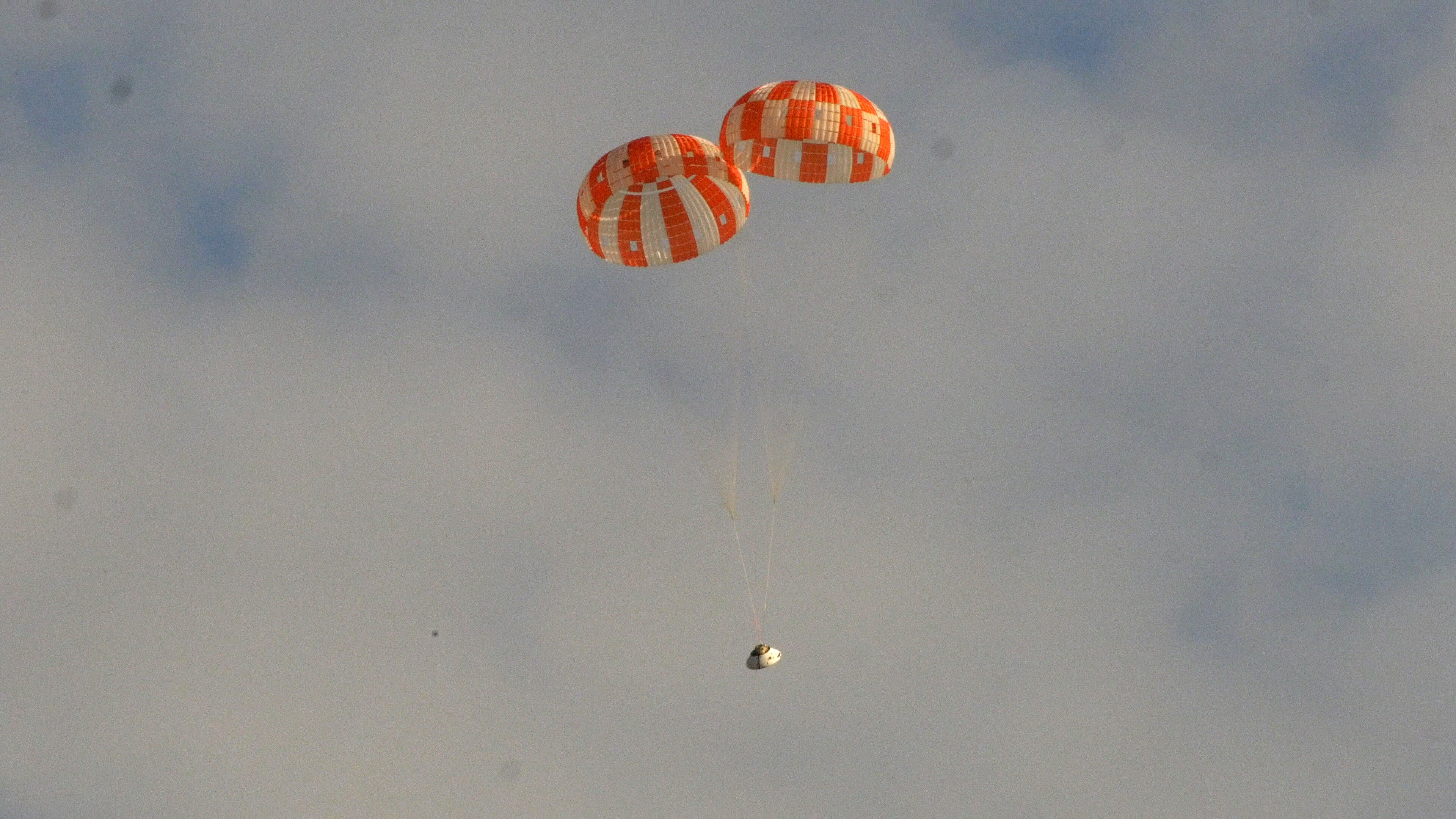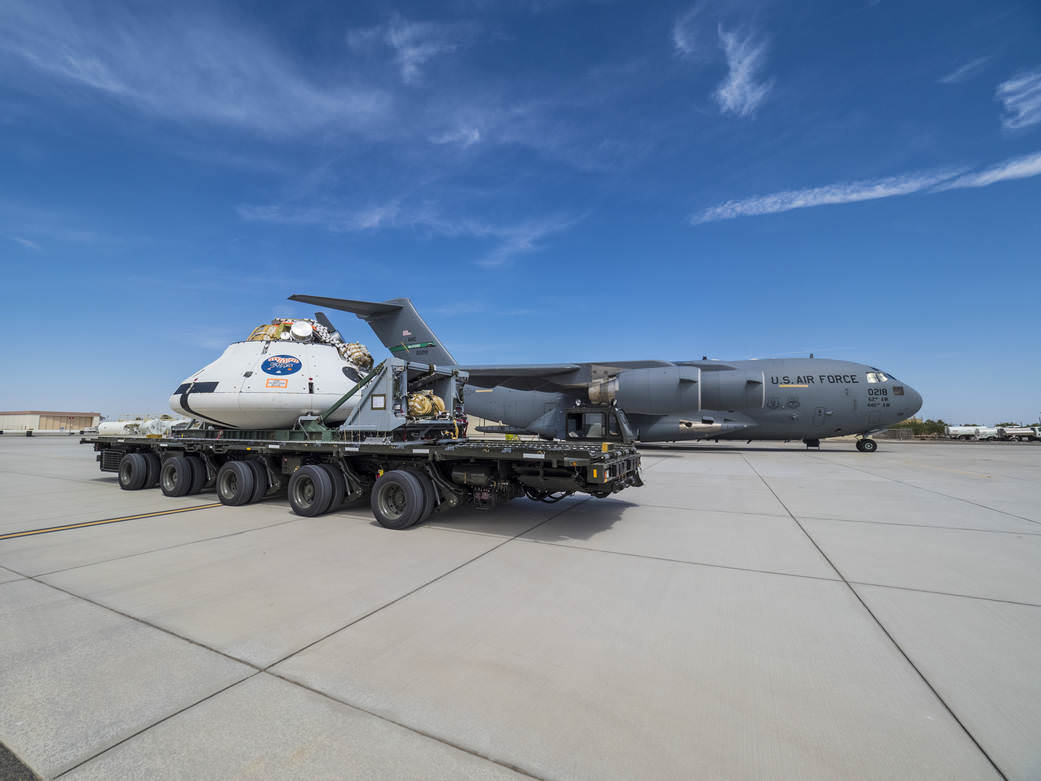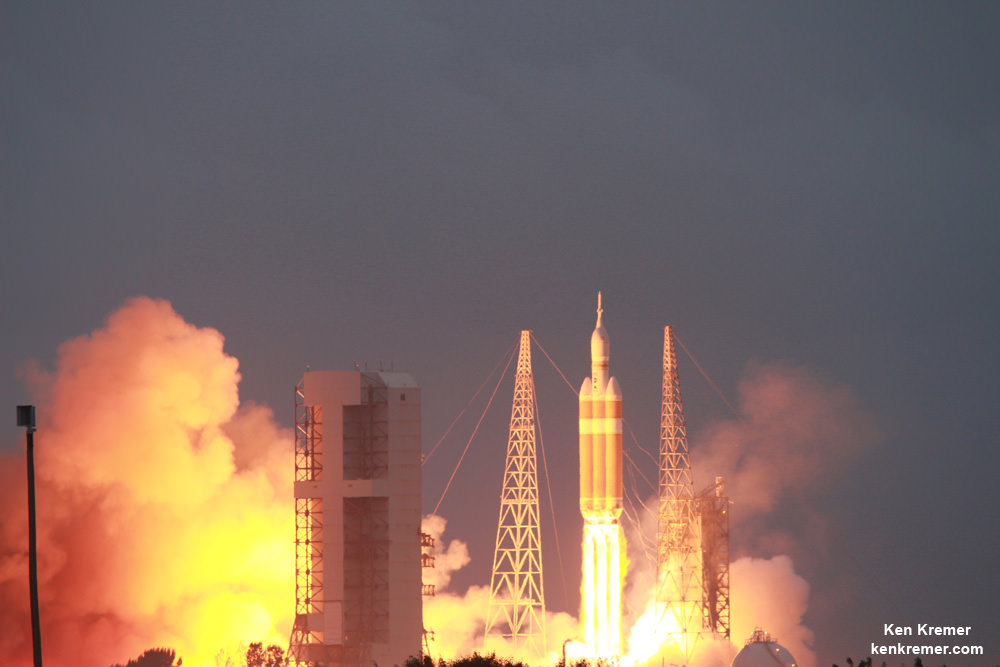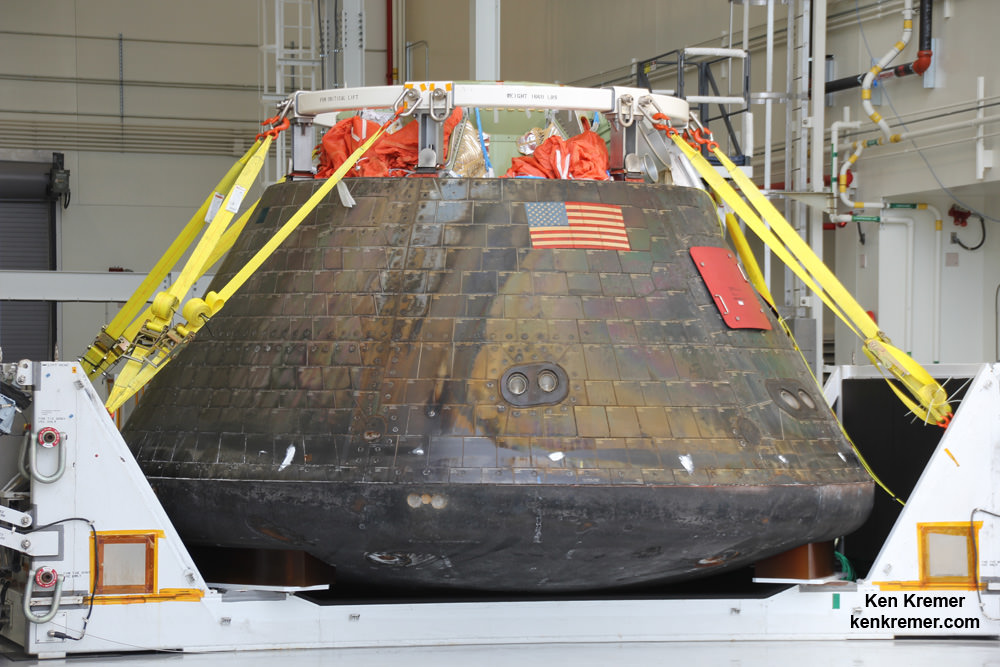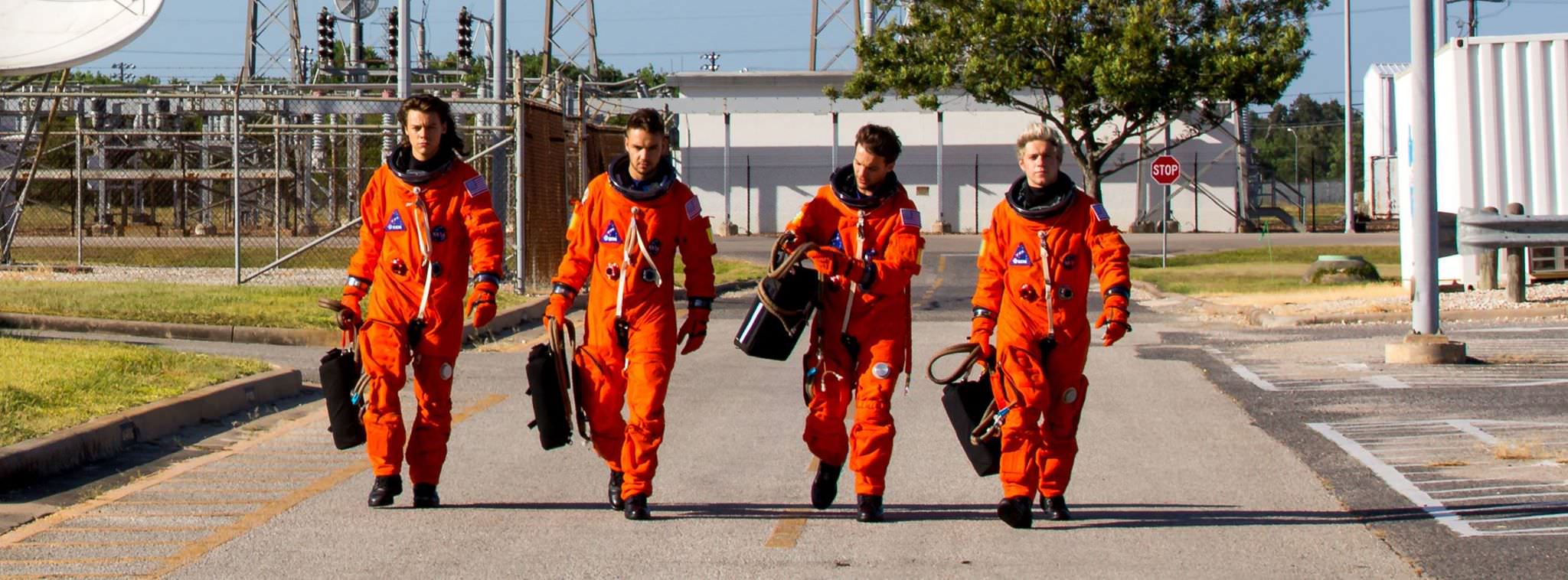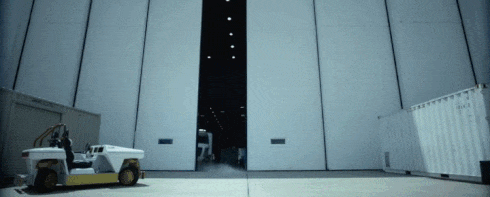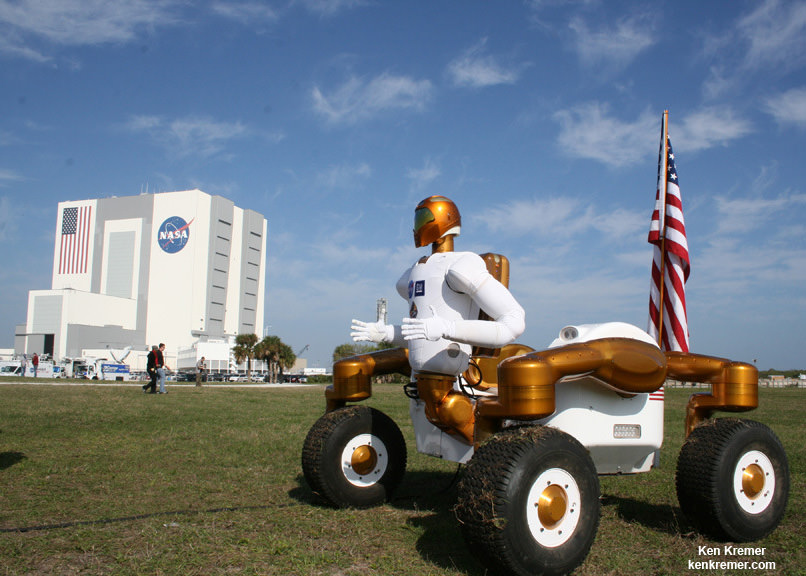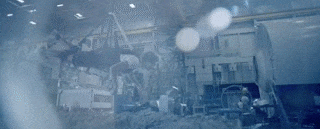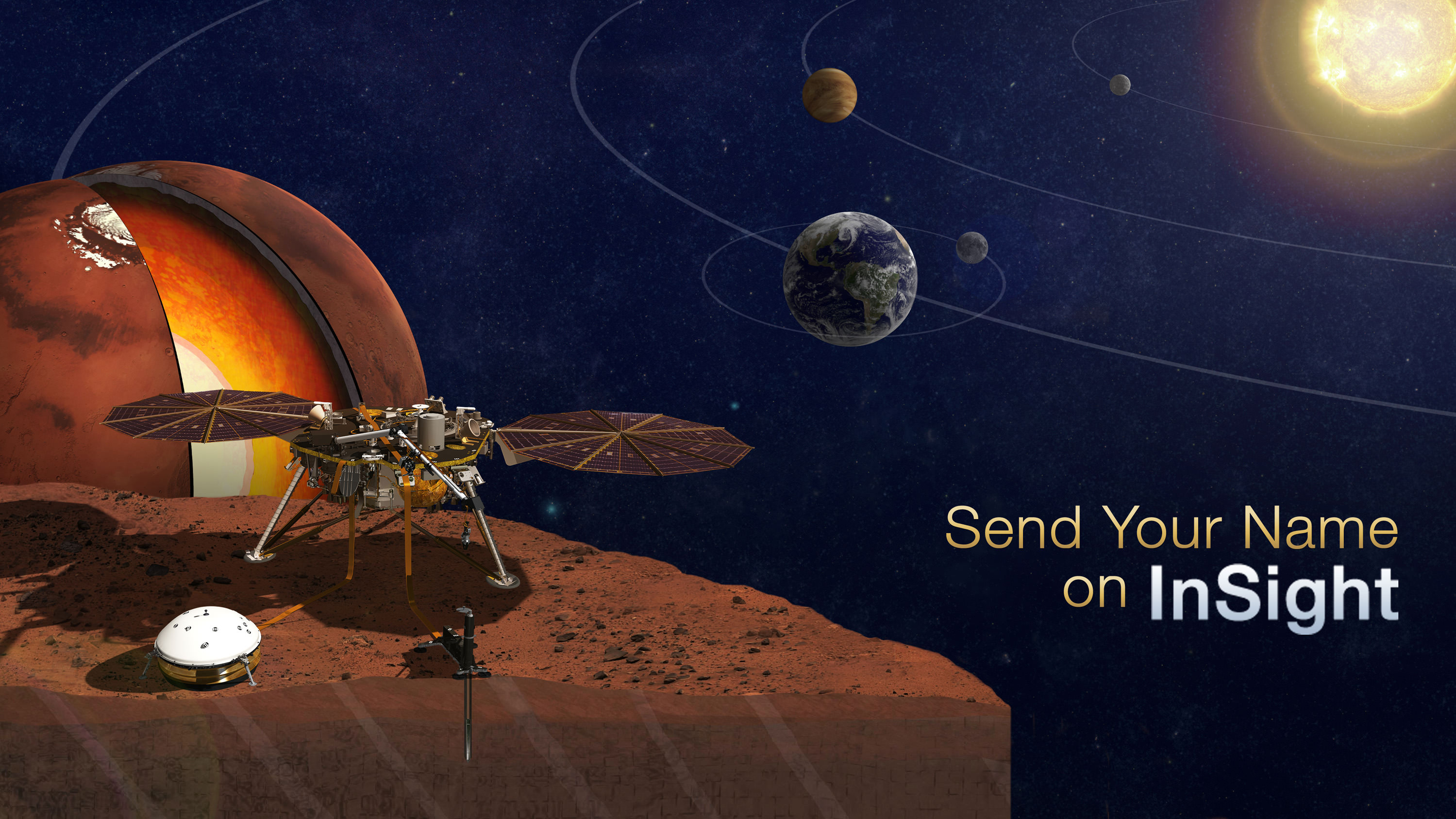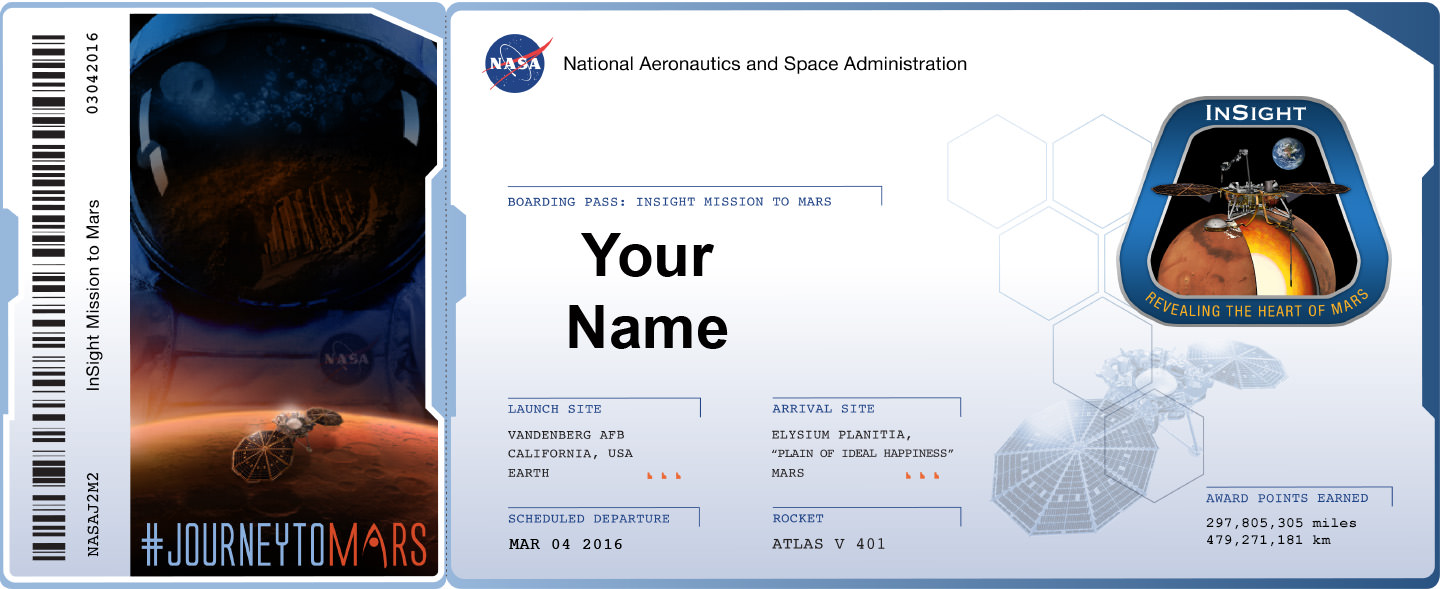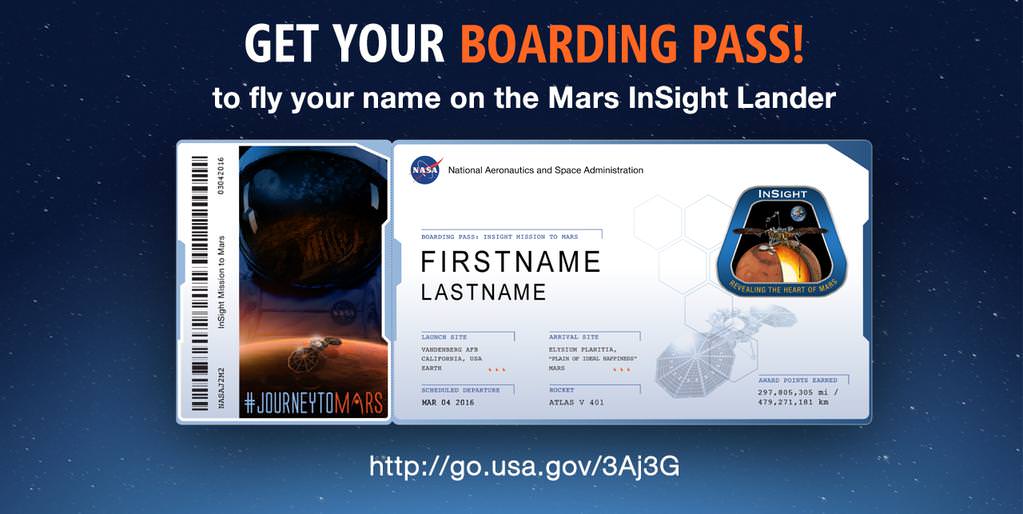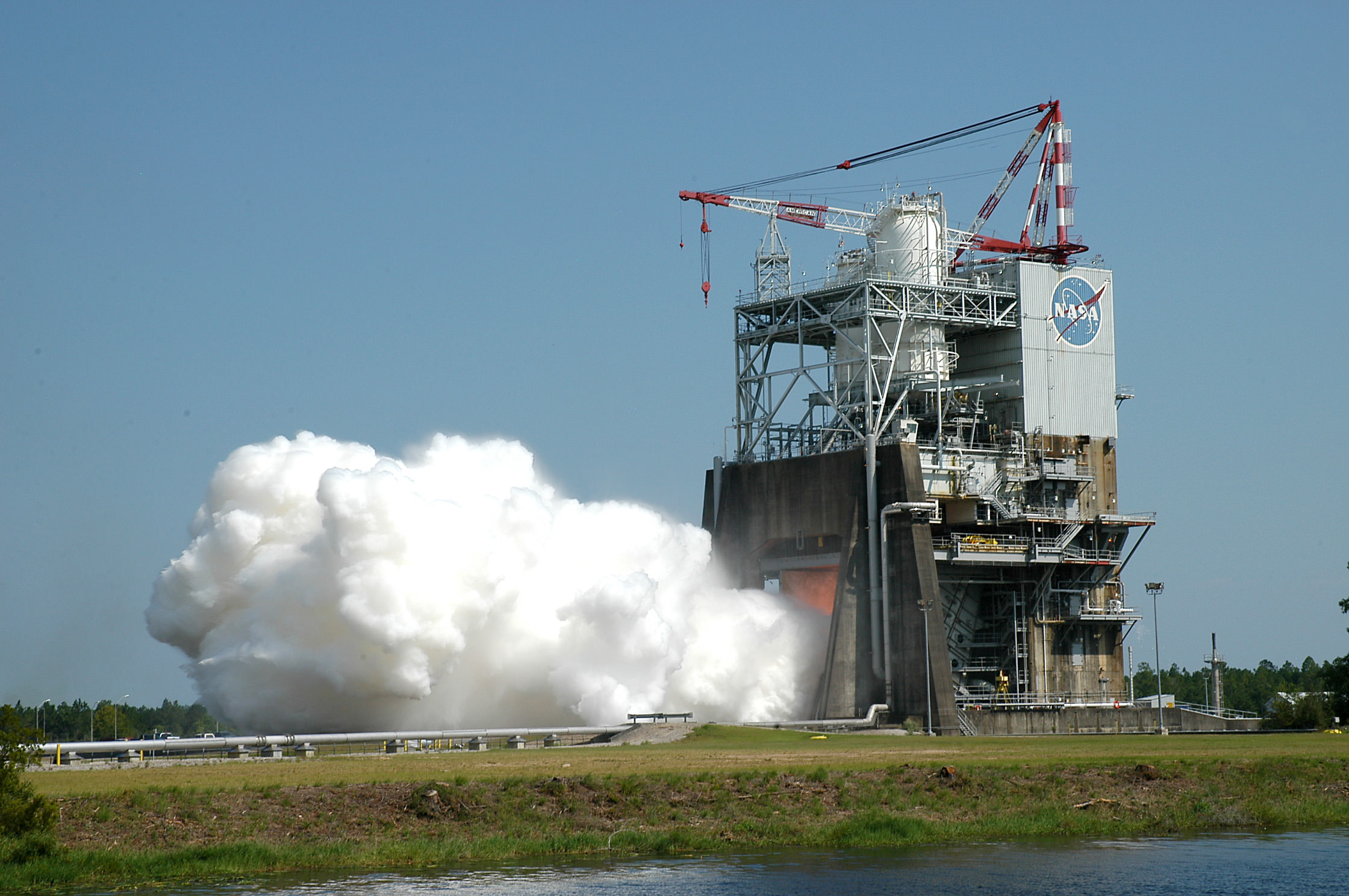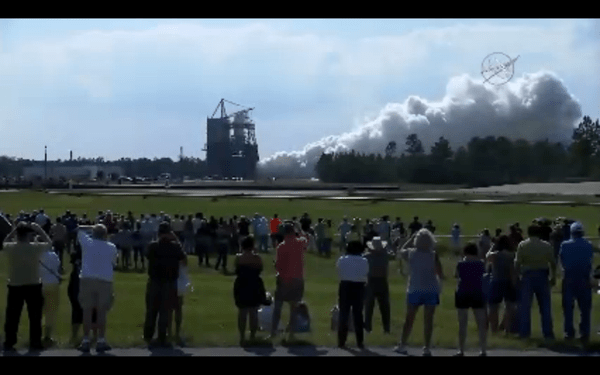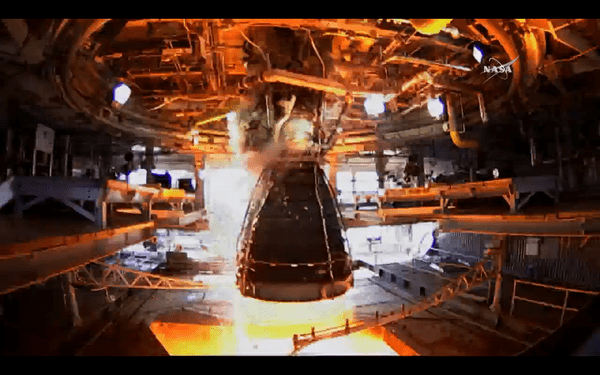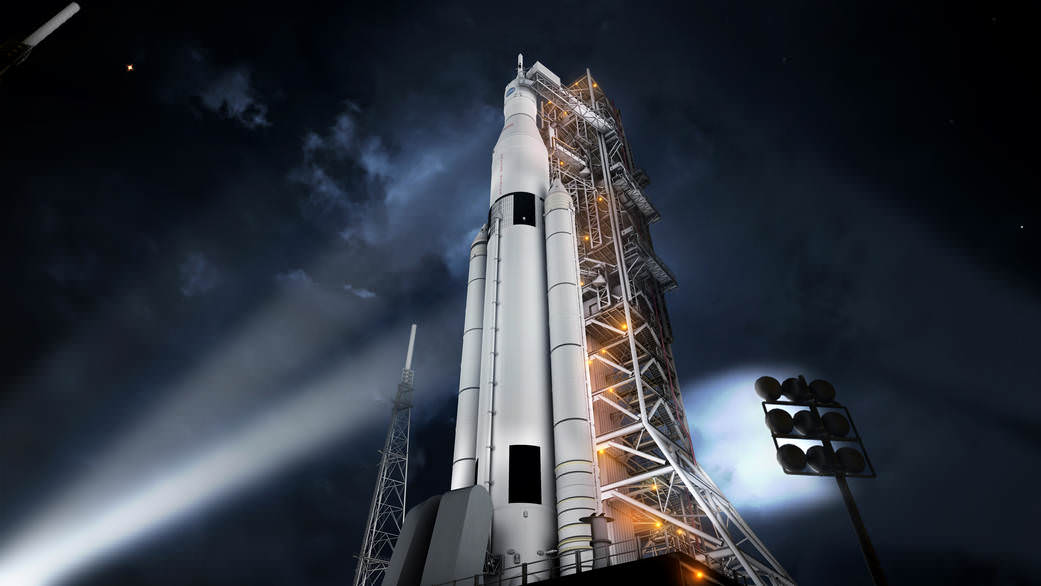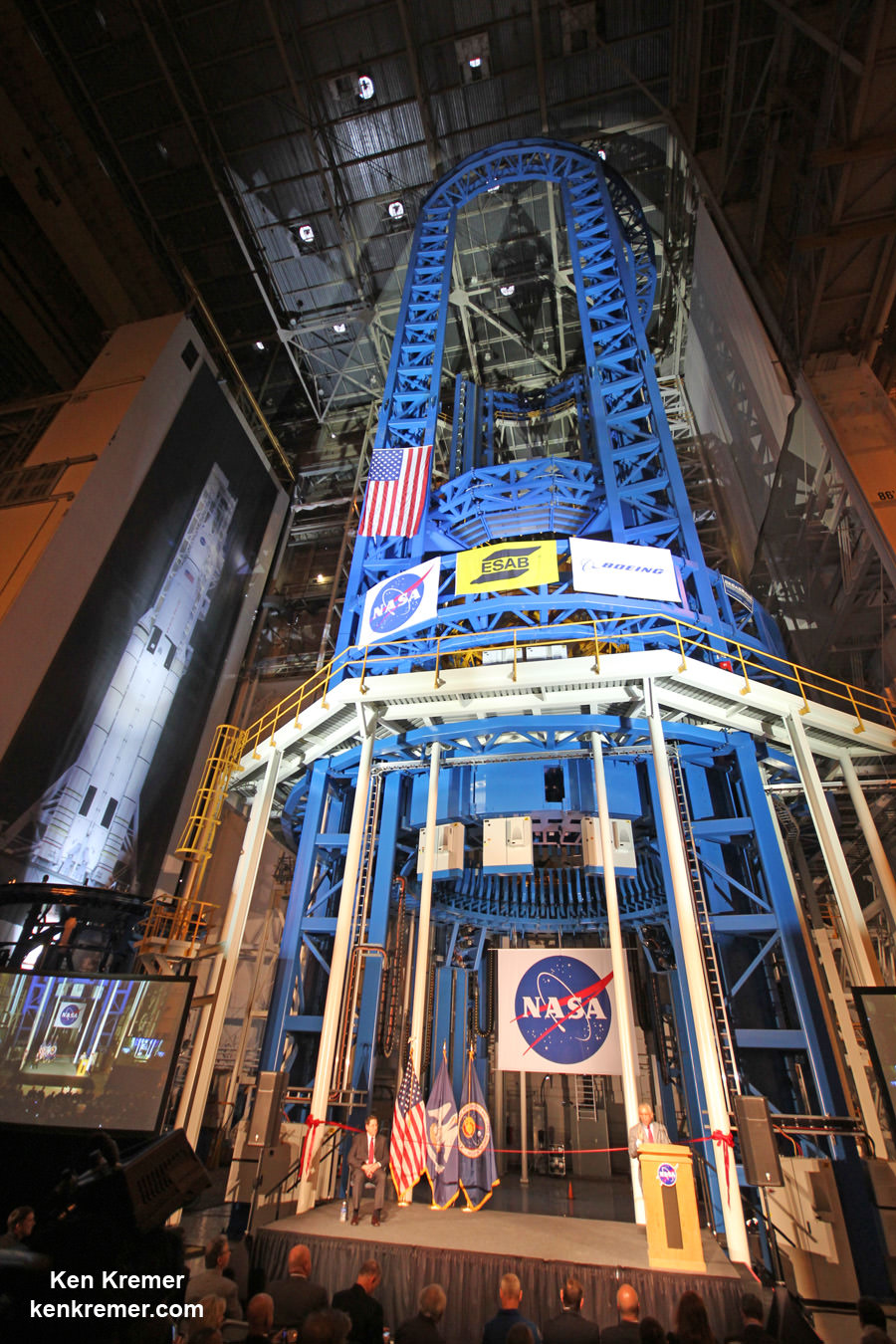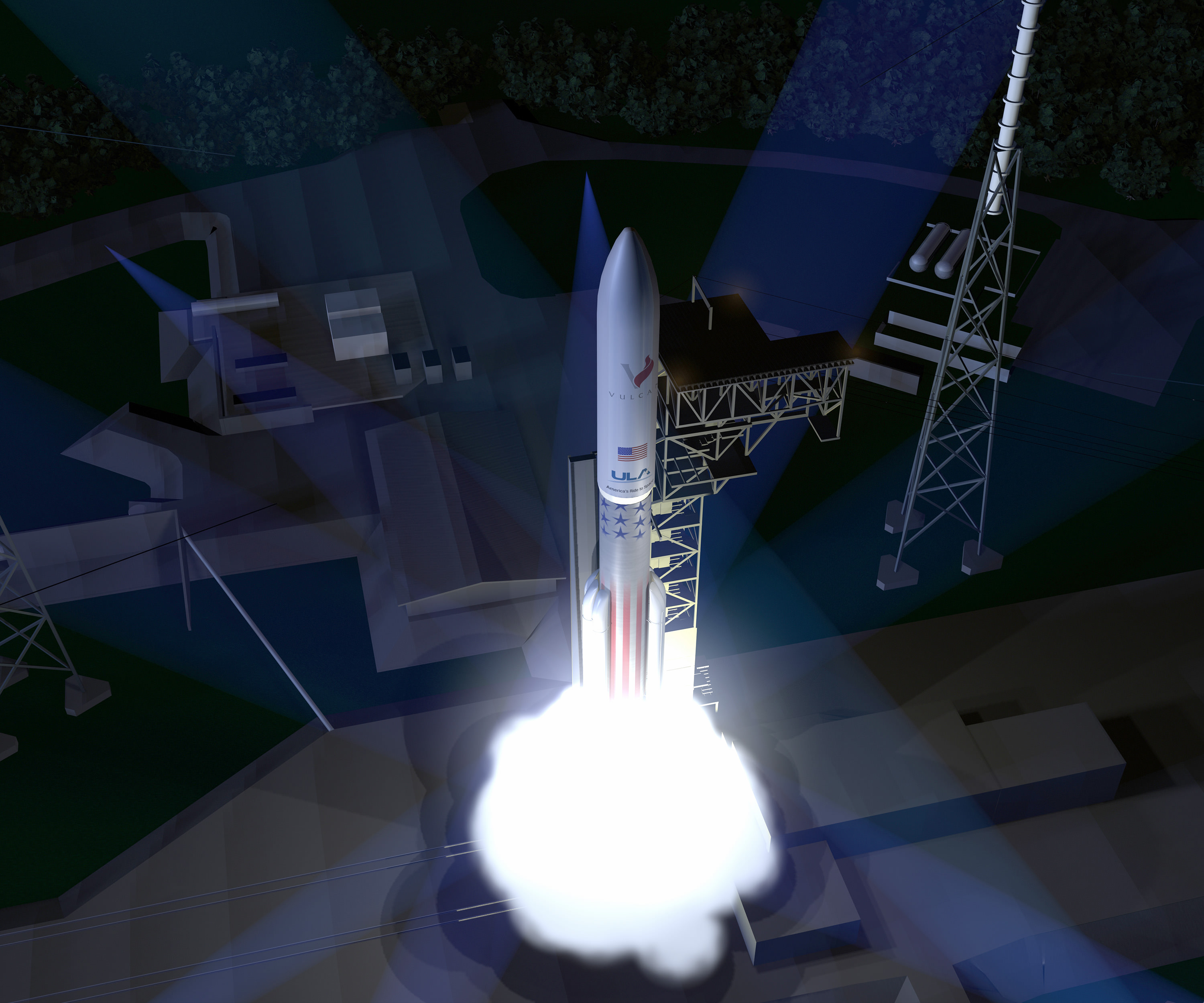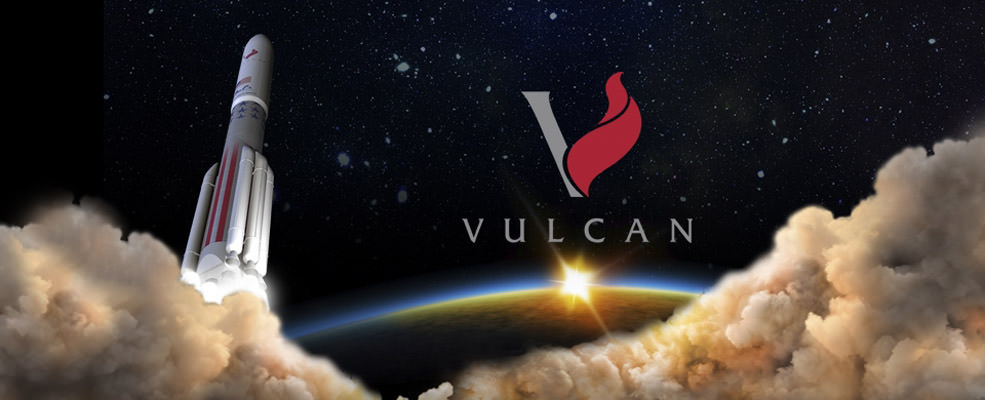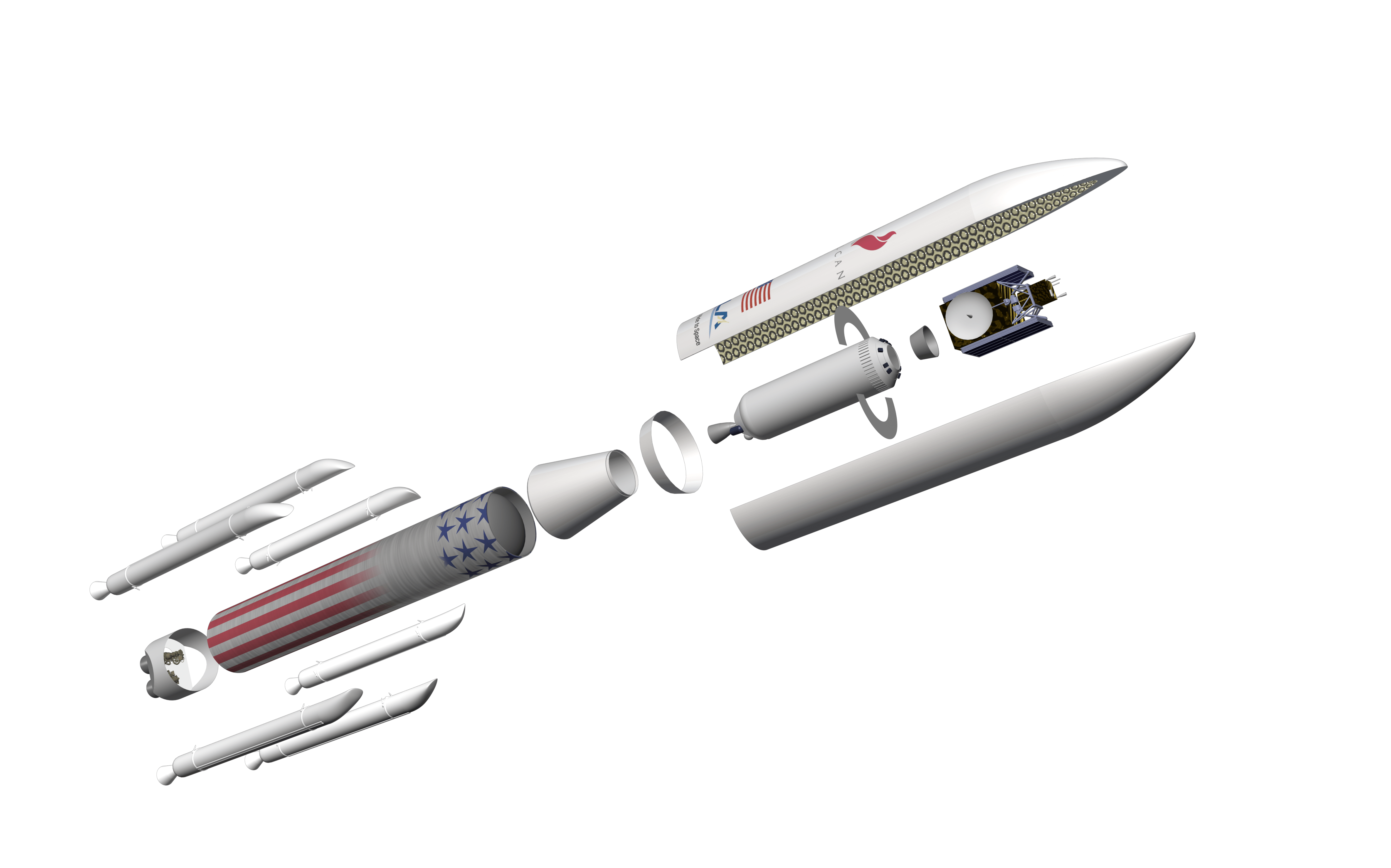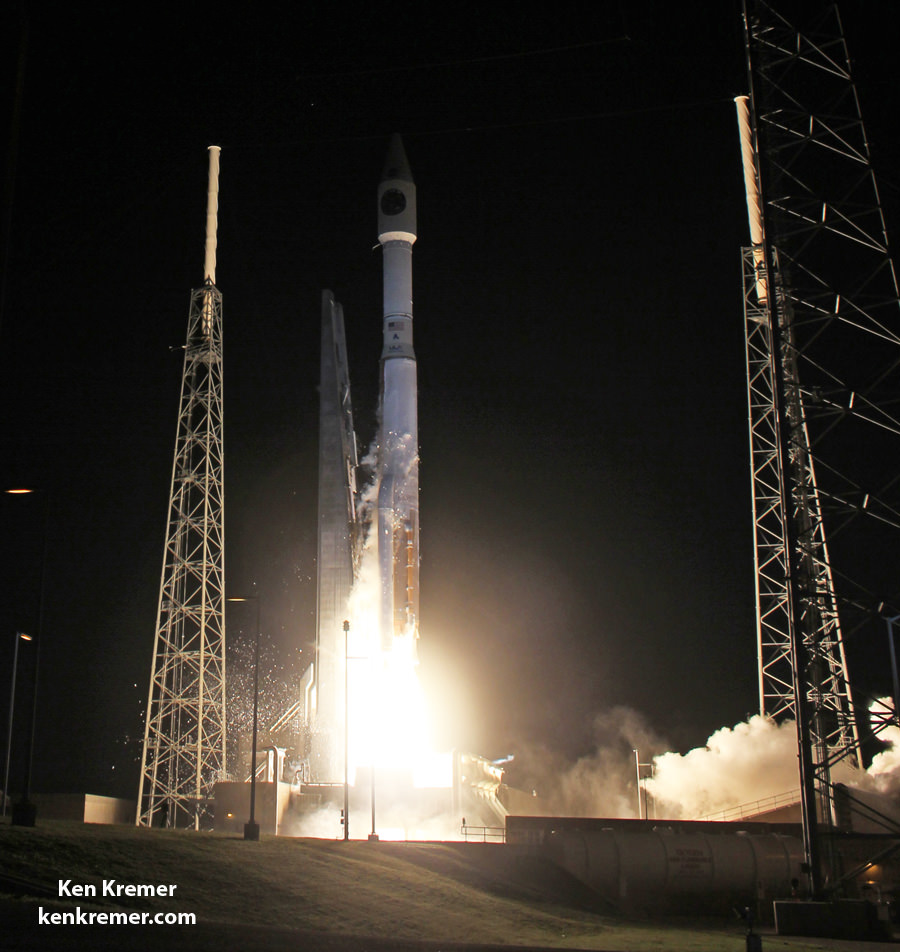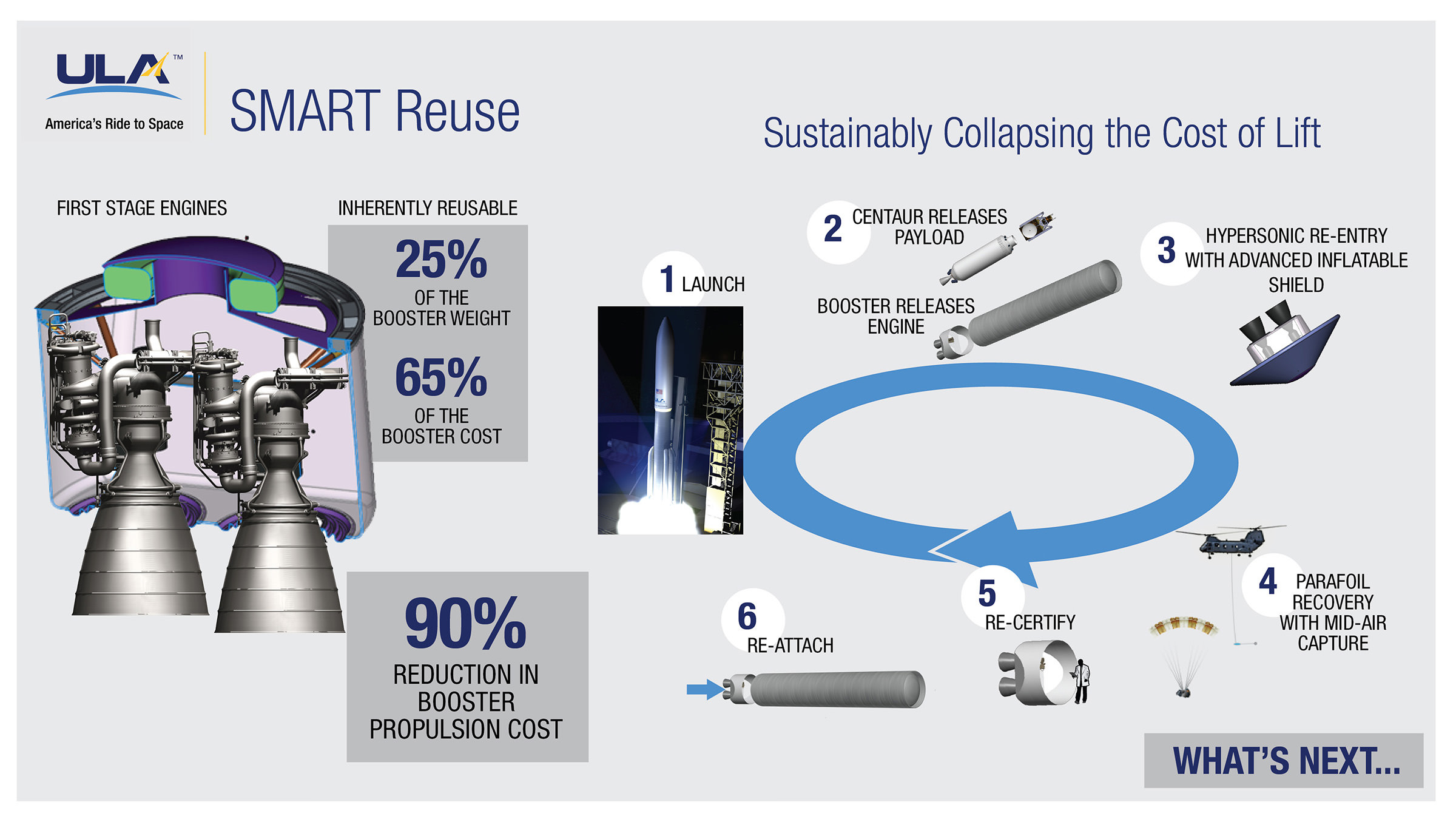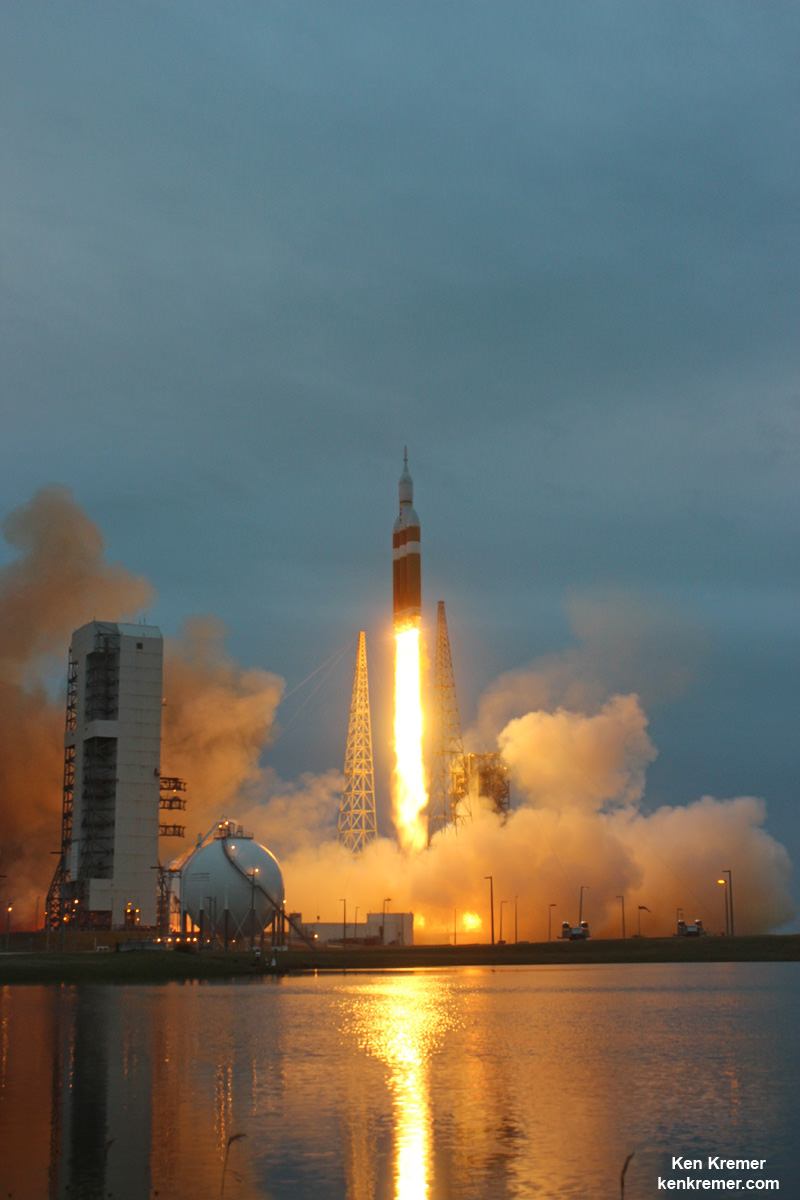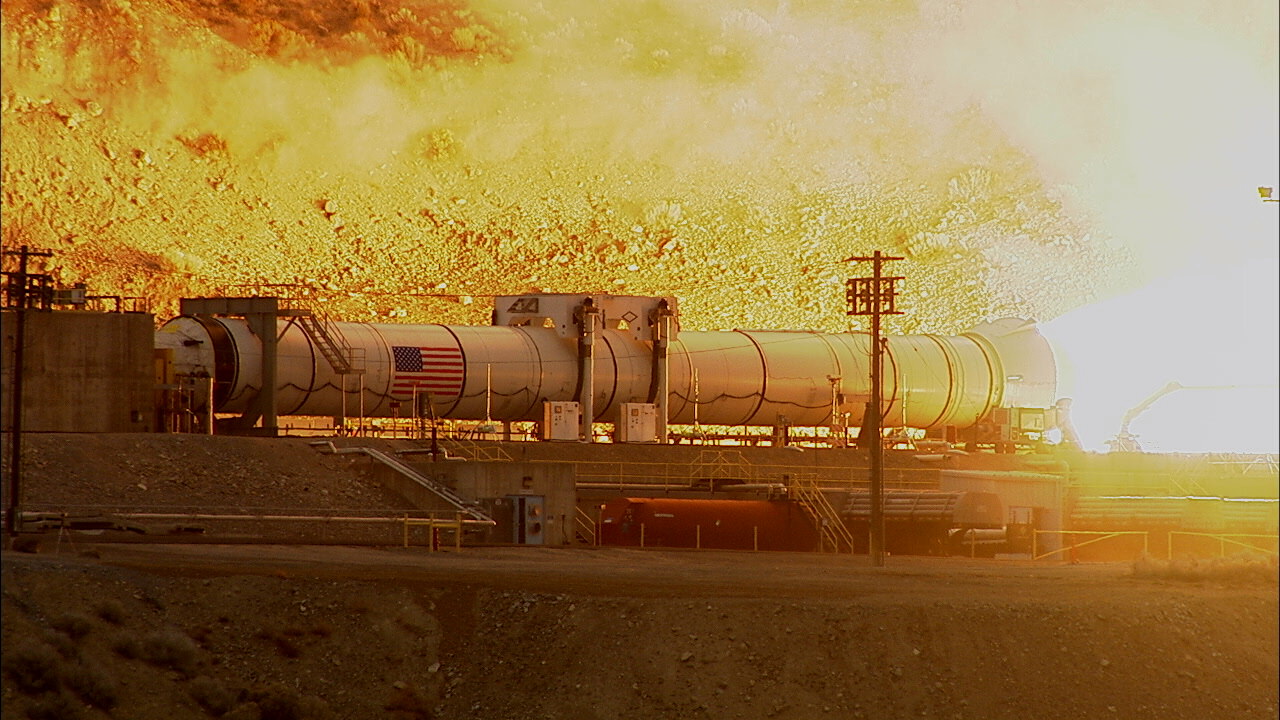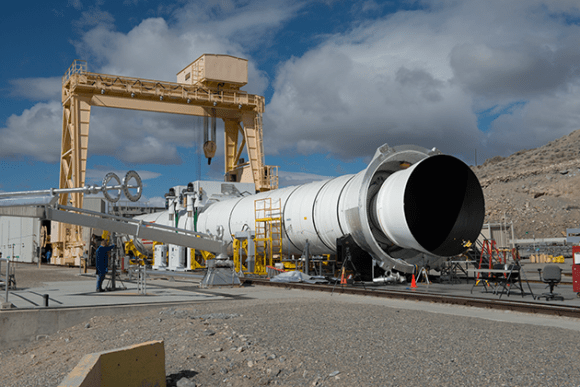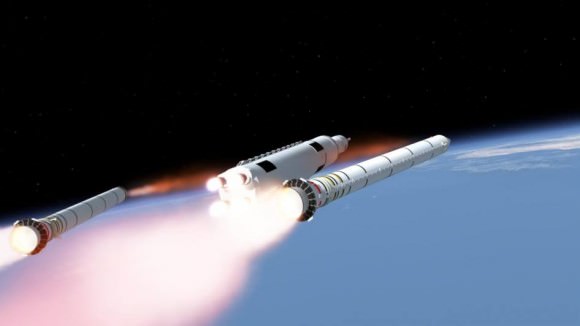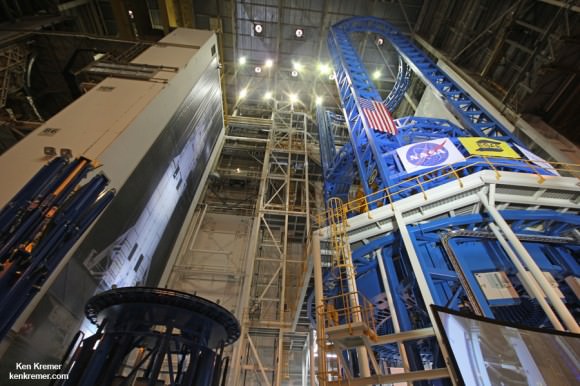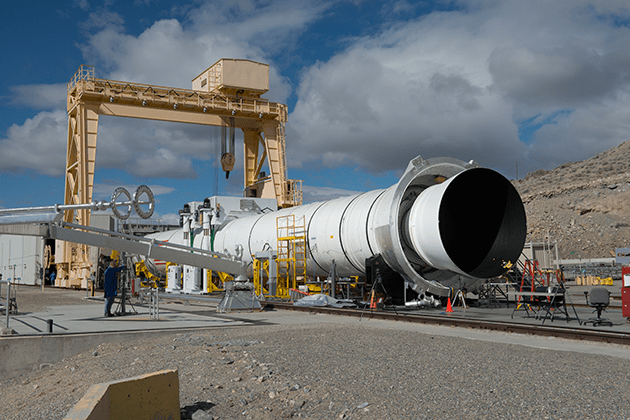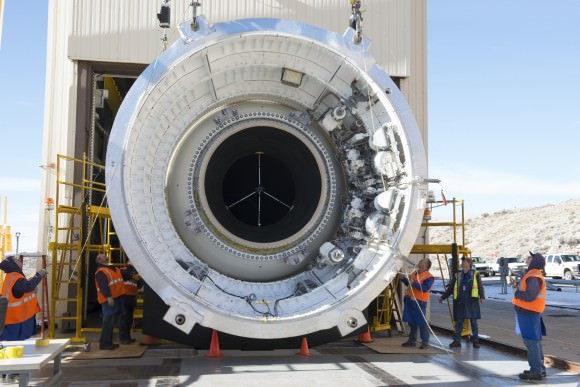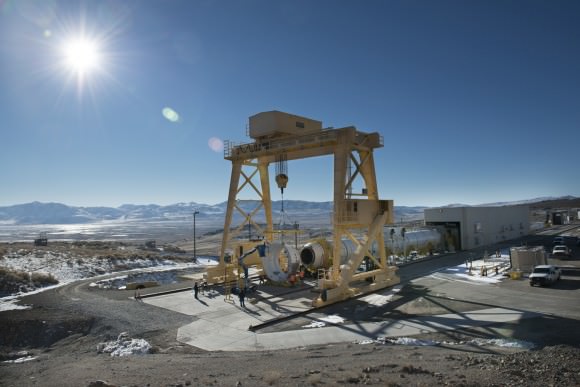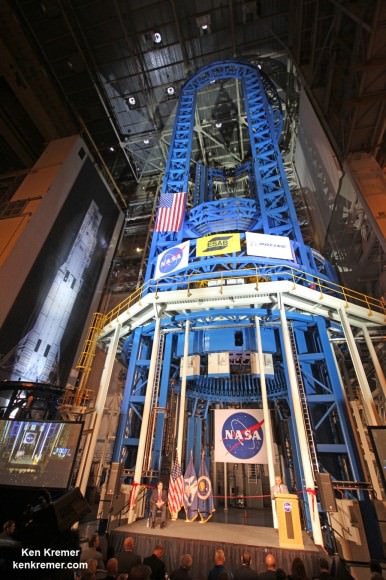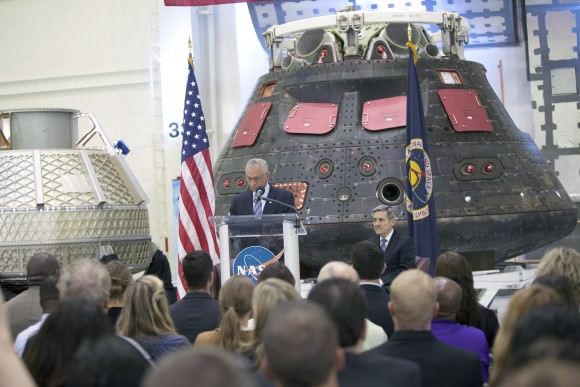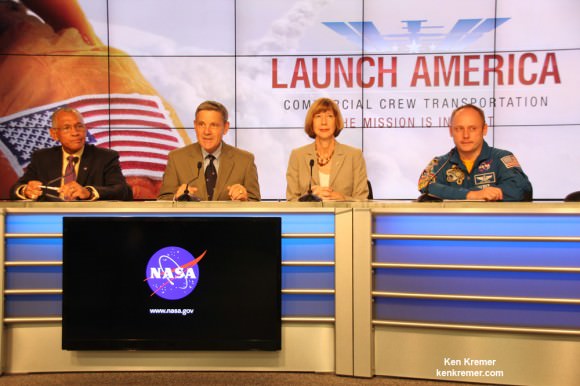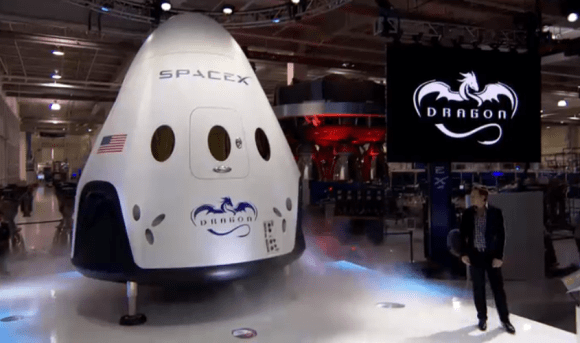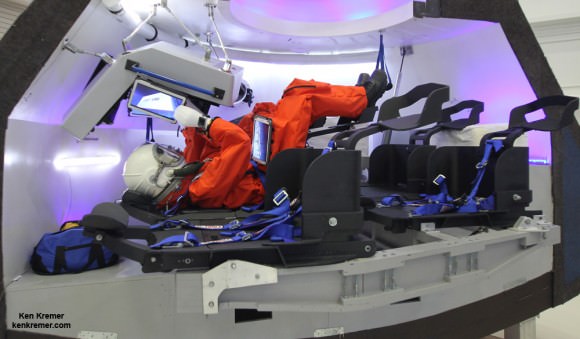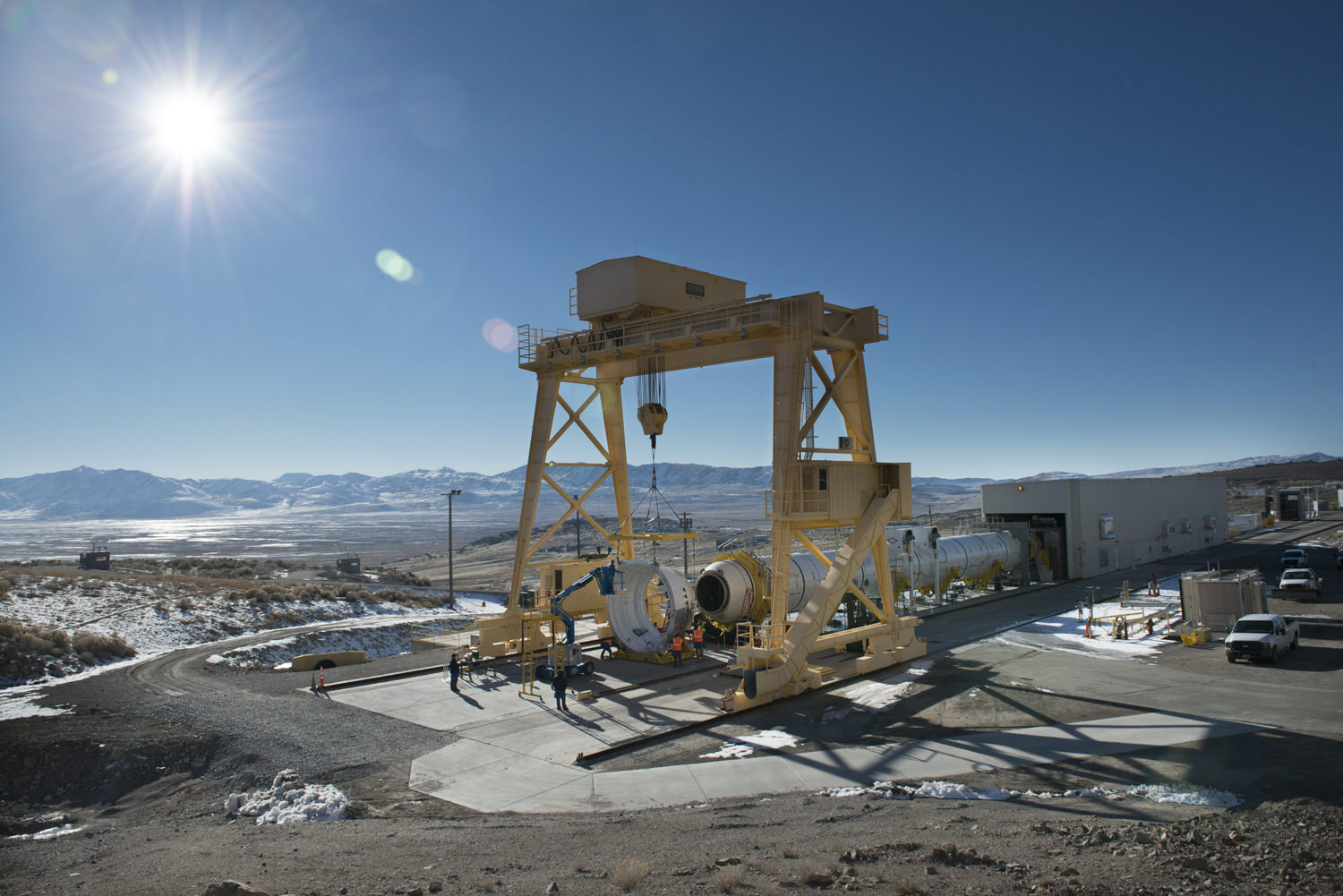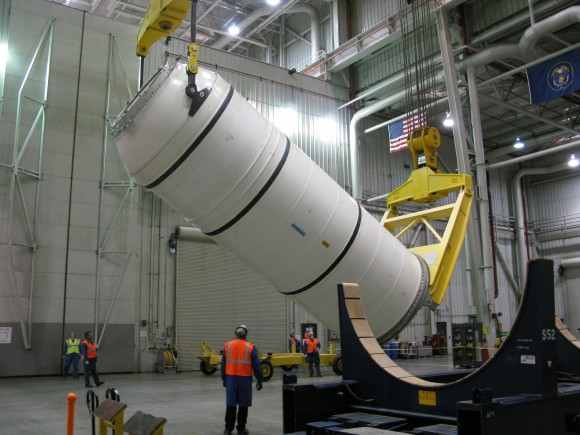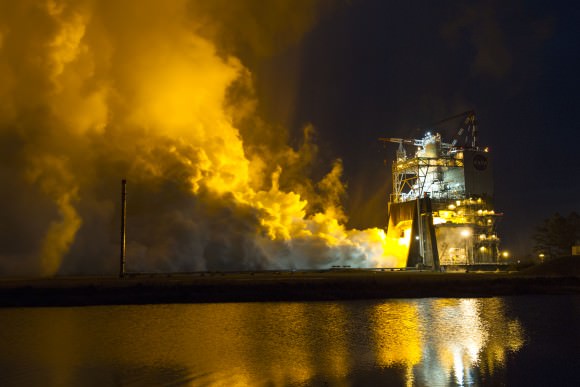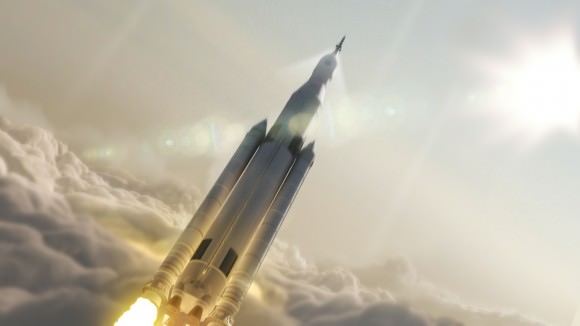The first manned flight of NASA’s Orion deep space capsule – currently under development – could slip two years from 2021 to 2023 due to a variety of budget and technical issues, top NASA officials announced on Wednesday, Sept. 16.
The potential two year postponement of Orion’s first flight with astronauts follows on the heels of the agency’s recently completed rigorous review of the programs status from a budgetary, technical, engineering, safety and risk assessment analysis of the vehicles systems and subsystems.
But Orion’s launch delay has already been condemned by some in Congress who accuse the Obama Administration of purposely shortchanging funding for the program.
Based on the budget available and all the work remaining to be accomplished, liftoff of the first Orion test flight with an astronaut crew is likely to occur “no later than April 2023,” said NASA Associate Administrator Robert Lightfoot at the Sept. 16 briefing for reporters.
NASA had been marching towards an August 2021 liftoff for the maiden crewed Orion on a test flight dubbed Exploration Mission-2 (EM-2), until Lightfoot’s announcement.
Lightfoot added that although August 2021 is still NASA’s officially targeted launch date for EM-2, achieving that early goal is not likely as a direct result of the program review.
“The team is still working toward a launch in August 2021, but have much less confidence in achieving that. But we are not changing that date for EM-2 at this time.”
“But we’re committing that we’ll be no later than April 2023.”
“It’s not a very high confidence level [on making the August 2021 launch date], I’ll tell you that, just because of the things we see historically pop up.”
Orion is being developed by NASA to send America’s astronauts on journeys venturing farther into deep space than ever before – back to the Moon first and then beyond to Asteroids, Mars and other destinations in our Solar System.
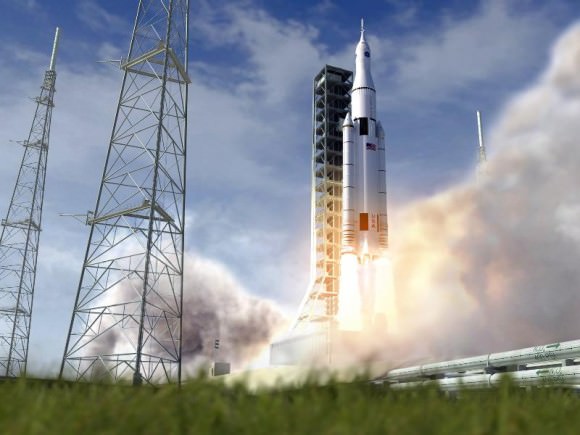
Orion’s likely launch slip is the direct fallout from NASA’s recently completed internal program review called Key Decision Point C (KDP-C).
The KDC-P review assesses all the technological work and advancements required for launch to design, develop and manufacture Orion and that can be accomplished based on the Federal budget that will be available to carry out the program successfully.
“The KDC-P analysis just completed and decision to move forward with the Orion program is based on a 70% confidence level of success,” notes Lightfoot.
“The budget is a factor in the timing for the projection. It is based on the President’s current budget.”
“The decision commits NASA to a development cost baseline of $6.77 billion from October 2015 through the first crewed mission (EM-2) and a commitment to be ready for a launch with astronauts no later than April 2023.”
“EM-2 is a full up Orion on a human mission,” he said.
The EM-2 mission would last about 3 weeks and fly in a lunar retrograde orbit. It would carry astronauts beyond the Moon and further out into space than ever before.
Prior to EM-2, Orion’s next test flight is the uncrewed EM-1 mission targeted to launch no later than November 2018 – from Launch Complex 39-B at the Kennedy Space Center.
EM-1 will blastoff on the inaugural launch of NASA’s mammoth Space Launch System (SLS) heavy lift booster concurrently under development. The SLS will be configured in its initial 70-metric-ton (77-ton) version with a liftoff thrust of 8.4 million pounds. It will boost an unmanned Orion on an approximately three week long test flight beyond the Moon and back.
Toward that goal, NASA is also currently testing the RS-25 first stage engines that will power SLS – as outlined in my recent story here.
Orion’s inaugural mission dubbed Exploration Flight Test-1 (EFT) was successfully launched on a flawless flight on Dec. 5, 2014 atop a United Launch Alliance Delta IV Heavy rocket Space Launch Complex 37 (SLC-37) at Cape Canaveral Air Force Station in Florida.
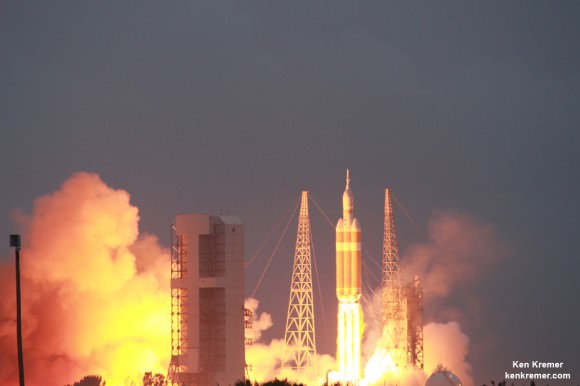
Orion learned a lot from EFT-1 and the lessons learned are being incorporated into the EM-1 and EM-2 missions.
Among the very few changes is an alteration in the heat shield from a monolithic to a block design that will vastly simplify its manufacture.
“We are making the heat shield change as a result of what we leaned on EFT-1,” said William Gerstenmaier, the agency’s associate administrator for Human Exploration and Operations at NASA Headquarters, at the briefing.
“The Orion Program has done incredible work, progressing every day and meeting milestones to prepare for our next missions. The team will keep working toward an earlier readiness date for a first crewed flight, but will be ready no later than April 2023, and we will keep the spacecraft, rocket and ground systems moving at their own best possible paces.”
Some members of Congress and others have said that delays in the Orion and SLS program are also a direct result of funding shortfalls caused by budget cuts in the programs, and condemned the Obama Administrations 2016 NASA budget request.
In fact, the Obama Administration did request $440 million less in the 2016 NASA budget request vs. the 2015 request.
“Once again, the Obama administration is choosing to delay deep space exploration priorities such as Orion and the Space Launch System that will take U.S. astronauts to the Moon, Mars, and beyond, said Rep Lamar Smith (R-Texas) House Committee Chairman of the House Science, Space, and Technology Committee.
“While this administration has consistently cut funding for these programs and delayed their development, Congress has consistently restored funding as part of our commitment to maintaining American leadership in space,” said Chairman Smith.
“We must chart a compelling course for our nation’s space program so that we can continue to inspire future generations of scientists, engineers and explorers. I urge this administration to follow the lead of the House Science, Space, and Technology Committee’s NASA Authorization Act to fully fund NASA’s exploration programs.”
Smith added that he “has repeatedly criticized the Obama administration for failure to request adequate funding for Orion and the Space Launch System; the administration’s FY16 budget request proposed cuts of more than $440 million for the programs.”
“The House Science Committee’s NASA Authorization Act for 2016 and 2017 sought to restore $440 million to these crucial programs being developed to return U.S. astronauts to deep space destinations such as the Moon and Mars. That bill also restored funding for planetary science accounts that have been responsible for missions such as the recent Pluto fly-by, and provided full funding for the other space exploration programs such as Commercial Crew and Commercial Cargo programs.”
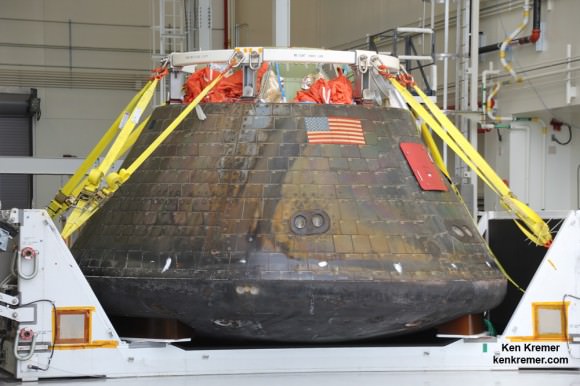
Stay tuned here for Ken’s continuing Earth and planetary science and human spaceflight news.

